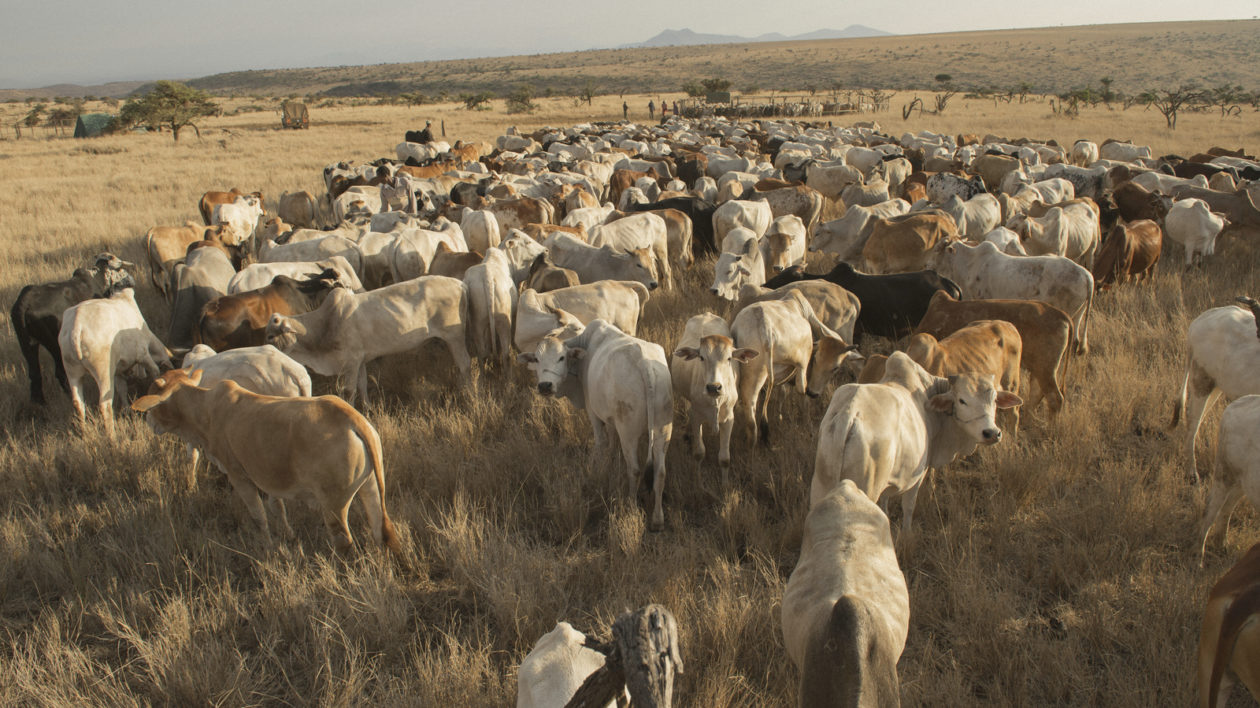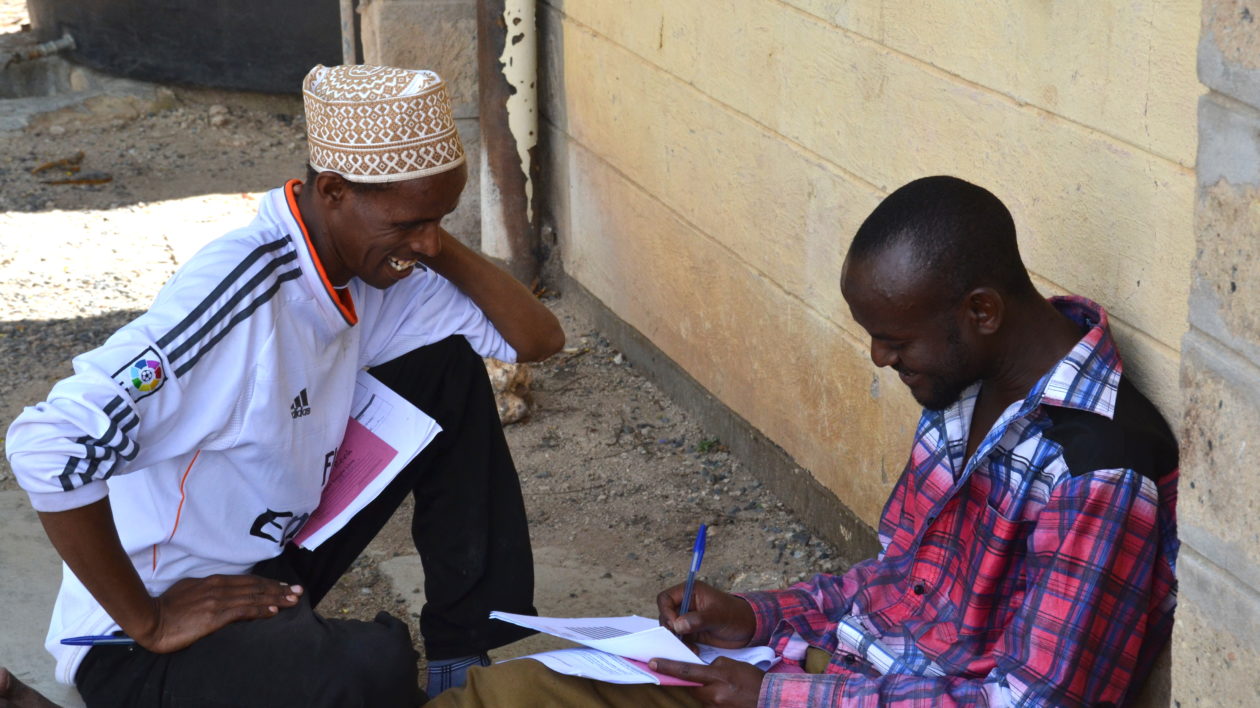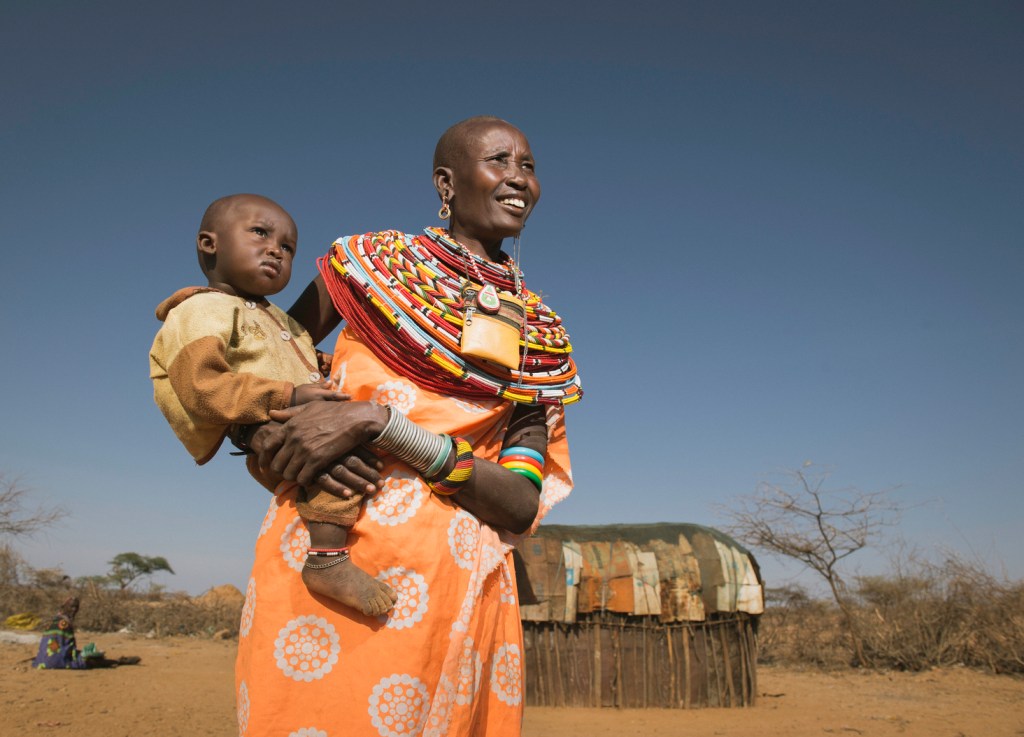Conservationists spend a lot of time talking about monitoring the impacts of our work. Historically, we’ve done a great job of monitoring ecological outcomes, but unfortunately the same is not true for measuring human well-being outcomes. As much as we might not want to admit it, we know little of the ways and mechanisms through which our conservation actions impact people.
Who are the people impacted? Are people better or worse off? What are the implications for conservation? These are simple questions, but they matter.
For community-based conservation, the premise is that if communities benefit from their natural resources then they will have the incentive to protect and maintain those resources. So if conservation does not take into account the very real needs of the people who live with wildlife as part of their daily lives, then we are not addressing the whole problem. We may be successful in the short term, but this success cannot be sustained without the active support and stewardship of local communities.
This is especially true in semi-arid grasslands of northern Kenya, where The Nature Conservancy is working in partnership with the Northern Rangelands Trust (NRT), an umbrella organization that supports the creation and development of community conservancies. These vast grasslands are home to semi-nomadic pastoralists — the Samburu, Borana, Turkana and many others — who depend on livestock for their livelihood, and to a variety of wildlife, including the endangered Grevy’s zebra, hirola, and black rhino.
Recurrent droughts, growing human population, and overgrazing are degrading these rangelands, compromising the well-being of people, livestock and wildlife. Community conservancies — where communities come together to manage communal land for livestock and wildlife — emerged as a model to address these challenges. Currently, the NRT’s network of 27 conservancies covers more than 3 million hectares of land and supports 224,000 people from roughly 17 different ethnic tribes.
Conservancies established peace programs hiring rangers and establishing peace committees that enhance security for wildlife and people. Grazing management programs rotate grazing, giving grass time to recover and setting aside dry season grazing. Communities also develop tourism enterprises, like lodges and campsites, that generate income which is invested back into community projects like education bursaries and health support.

Social monitoring in this context is essential to show whether we are achieving are goals for both nature and people. That’s what’s exiting about our work with NRT — while an ecological monitoring system is in place, NRT recognized the need to understand to social context and monitor impacts on people.
The Social Conservancy Monitoring and Management System (Social CoMMS) combines household surveys and focus groups to collect quantitative and qualitative information on wellbeing of conservancy households. It was designed to be a devolved system that is locally managed and implemented, engages conservancies and the communities in the monitoring process. I and other Nature Conservancy scientists worked together with NRT and conservancies from inception to design the system to ensure it captures the right information conservancy managers need to make decisions.
And at a higher level, ultimately provides the empirical evidence to begin to answer the bigger question: Is the conservancy model working for people and for wildlife?
Social CoMMS began as a pilot in four conservancies in November in of 2014. The survey collected information on livelihoods, attitudes to wildlife, conflict, perceptions of conservancy programs such as planned grazing and perceptions of conservancy governance. As of the end of 2015, the survey has now been rolled out to 10 of the 27 conservancies. The social monitoring program is a learning process — we collect data, analyze, reflect, learn and adjust our process and tools. The goal is for Social CoMMS to become institutionalized and we continue to build capacity to do this in NRT and in the conservancies to take greater ownership over the process.

Preliminary results indicate high levels of poverty. Sadly, this is not unusual for this region, but from a conservation perspective this means that programs like livestock-to-markets, which fosters sustainable grazing management and enhances livelihoods, can have a big positive impact. In this program, pastoralists who graze their cattle sustainably gain access to a fairly priced local livestock market, getting better prices for their livestock.
The results emerging from the report also show that attitudes to wildlife are largely positive — more than 60 percent of survey respondents felt that the benefits of wildlife outweighed the costs.
Communities value wildlife for its benefits and see it as important part of their future. This is great news for conservation — the scales are tipped in favor of wildlife, at least for now.
The scales are tipped in favor of wildlife, at least for now.
Jessica Musengezi
We also found that in some conservancies, human-wildlife conflict is a real challenge. Lions sometimes hunt and kill cattle, and elephants can trample a maize crop. These are real immediate costs that can erode the positive perceptions of wildlife.
Last January, the team along with managers and staff from the 10 conservancies gathered in Kenya to review and validate the results. During the meeting as I scanned the room, one conservancy manager peered over the shoulder of his colleagues interested to see how his neighbor had performed governance perceptions. “You seem to be doing better with governance in your community, why is that?” he asked. “What are you guys doing different over there?” All around the room, managers were talking comparing metrics, asking questions. Learning from each other.
In monitoring this is what you hope for; that information will be absorbed and used in decision making. Many a monitoring system ends in a report collecting dust on shelf. But not here. NRT and the conservancies are on the path to evidence-based decision making for the well-being of people and nature.




Firstly I Congratulate for your good initiative which is working for welfare of intricate parts i.e.people and nature. Me (kabindra shahi) want to carry similar research in protected area of Nepal which explicitly examine the impact (positive and negative ) on livelihood of people living nearby. So kindly suggest methodology ,especially how to extract positive impact , in doing this research.
I would be thankful.
Well written. Thanks for all your hard work, Jessica.